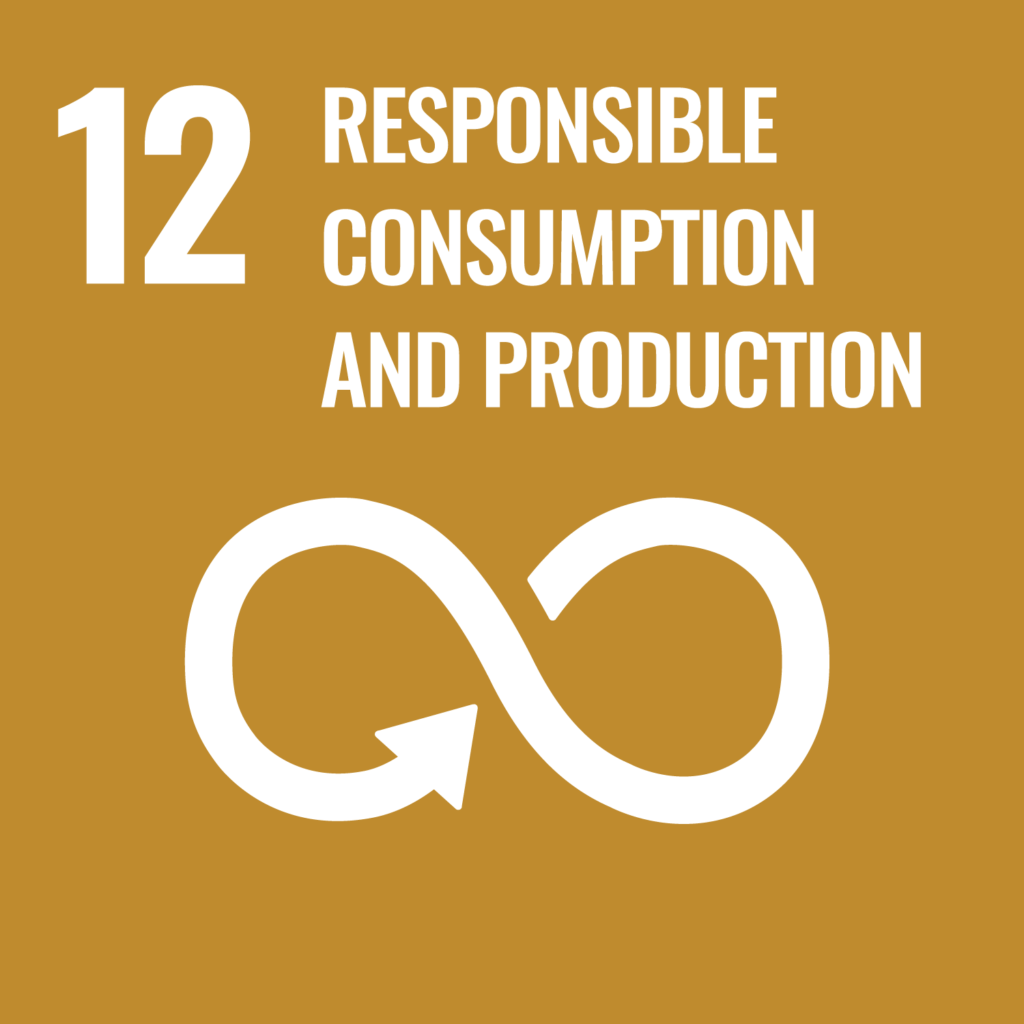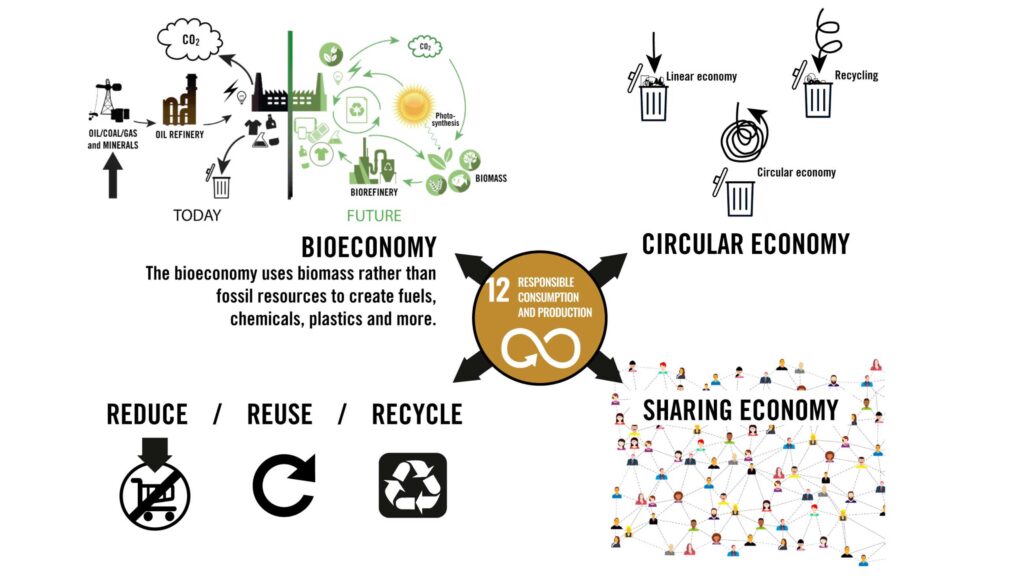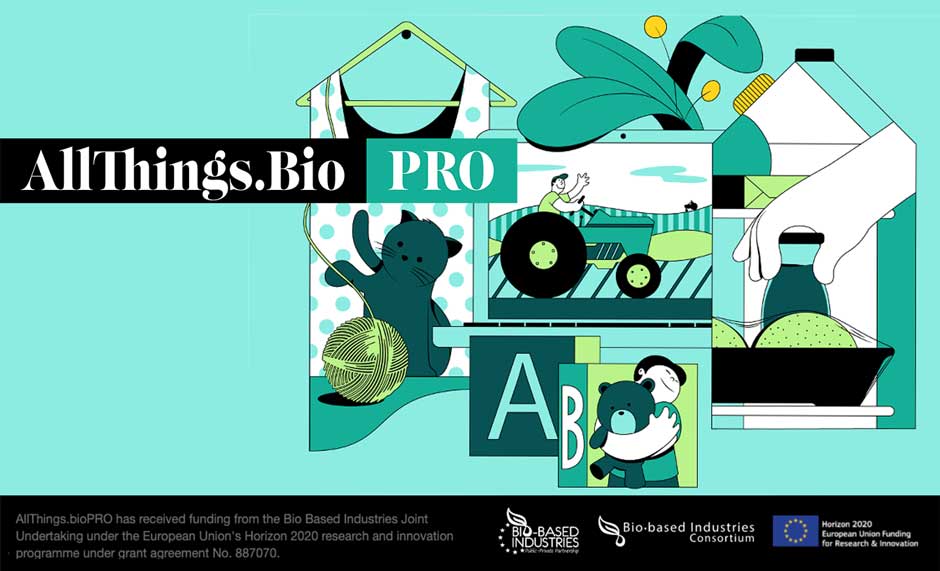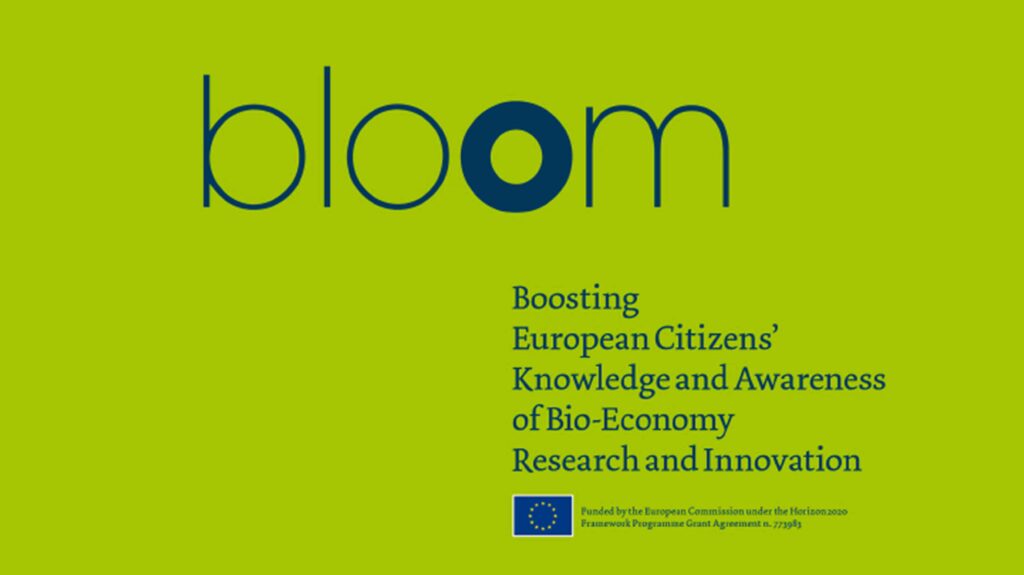Sustainable development is a development that meets the needs of the present without compromising the needs of future generations.

Sustainable development can be divided into environmental, social and economic sustainability.
Environmental sustainability can be seen as a prerequisite for both social and economic sustainability. In essence, it means that the earth’s biological and geological systems are functional and used in a sustainable way:
- Water (with regards to e.g., pollutants, groundwater levels, salinity, temperature, alien species)
- Air (pollutants, particles, ozone layer, climate system, noise)
- Land (pollutants, erosion, land use, alien species)
- Biodiversity (species and habitats (natural habitats), GMOs)
- Ecosystem services (e.g. pollination, photosynthesis, water purification, climate control)
Social sustainability concerns the needs of the individual, such as well-being, justice, empowerment and rights. This is fundamental for economic sustainability.
Economic sustainability is an economic development that does not have negative consequences for ecological or social sustainability. This means using, safeguarding and conserving resources to create long-term sustainable values by optimal use, recovery and recycling. In other words, conserving finite natural resources today so that future generations can cater to their needs. 1
The Global Goals for Sustainable Development
In 2015, all United Nations member states adopted Agenda 2030 and its 17 Global Goals for Sustainable Development.
Bioeconomy can contribute to the achievement of Goal 12: Responsible Consumption and Production.
The achievement of Goal 12, in turn, is also a condition for several other goals, such as 2 (Zero Hunger), 6 (Clean Water and Sanitation), 7 (Affordable and Clean Energy), 8 (Decent Work and Economic Growth), 9 (Industry, Innovation and Infrastructure), 11 (Sustainable Cities and Communities), 13 (Climate Action), 14 (Life Below Water) and 15 (Life on Land).


BIOECONOMY is ONE part of achieving Responsible Consumption and Production:




